When your doctor prescribes a brand-name drug like Lipitor or Xyzal, you might expect to pay a lot. But then you walk into the pharmacy and see a bottle with a different label-same pills, same shape, same strength-but it costs half as much. You might wonder: is this really the same thing? The answer, in many cases, is yes. And the reason why is called an authorized generic.
What exactly is an authorized generic?
An authorized generic is not a copy. It’s not a look-alike. It’s the exact same drug your doctor prescribed, made by the same company, in the same factory, with the same ingredients-active and inactive-but sold without the brand name on the bottle.The U.S. Food and Drug Administration (FDA) says it plainly: "An authorized generic is an approved brand name drug that is marketed without the brand name on its label. Other than the fact that it does not have the brand name on its label, it is the exact same drug product as the branded product." That’s it. No differences in how it works. No differences in how it’s made. No differences in what’s inside the pill.
Here’s how it works: The original drug maker holds a New Drug Application (NDA) with the FDA. That’s the official approval for the brand-name version. When the patent expires, instead of letting other companies make their own versions (traditional generics), the brand company itself-or a subsidiary-starts selling the exact same drug under a different label. That’s the authorized generic.
It doesn’t go through the Abbreviated New Drug Application (ANDA) process that traditional generics do. It doesn’t need separate FDA approval because it’s already approved under the original NDA. That’s why it’s called “authorized”-the brand company authorized its own product to be sold without the brand name.
How is it different from a regular generic?
This is where things get confusing. Most people think “generic” means cheaper version. But there are two kinds: traditional generics and authorized generics.Traditional generics must prove they’re “bioequivalent” to the brand drug. That means they have the same active ingredient, strength, and how the body absorbs it. But they can-and often do-use different inactive ingredients. That’s things like fillers, dyes, preservatives, and coatings. These don’t affect how the drug works, but they can affect people who are sensitive to certain chemicals.
For example, someone with a corn allergy might react to a traditional generic that uses cornstarch as a filler. The brand drug might use potato starch instead. The authorized generic? It uses the same cornstarch as the brand. Same dye. Same coating. Same everything.
That’s the key difference: authorized generics match the brand drug down to the last inactive ingredient. Traditional generics only match the active ingredient. That’s why some patients who had bad reactions to traditional generics report no issues when switching to the authorized version.
Do they work the same?
Yes. Absolutely.A 2018 study published by the National Center for Biotechnology Information looked at over 5,000 patients switching from brand-name drugs to either traditional generics or authorized generics. The results? No meaningful difference in hospital visits, emergency room trips, or how often people stopped taking their medication. The only small difference found? A slightly higher rate of ER visits among authorized generic users-but researchers think that’s likely because those patients were already high-risk or had complex conditions, not because the drug didn’t work.
Dr. Choudhry from Harvard Health put it simply: “Traditional generics can vary by up to 20% in active ingredient concentration. Authorized generics? Zero variation. They’re identical.”
The FDA confirms this. Their 2023 Q&A page states: “An authorized generic is therapeutically equivalent to the brand name drug because it is exactly the same drug.”
Patients with allergies, autoimmune conditions, or chronic illnesses often notice the difference. One user on the American Academy of Allergy, Asthma & Immunology forum wrote: “I’ve been using the authorized generic of Xyzal for two years with identical results. No itching, no drowsiness-same as the brand.”
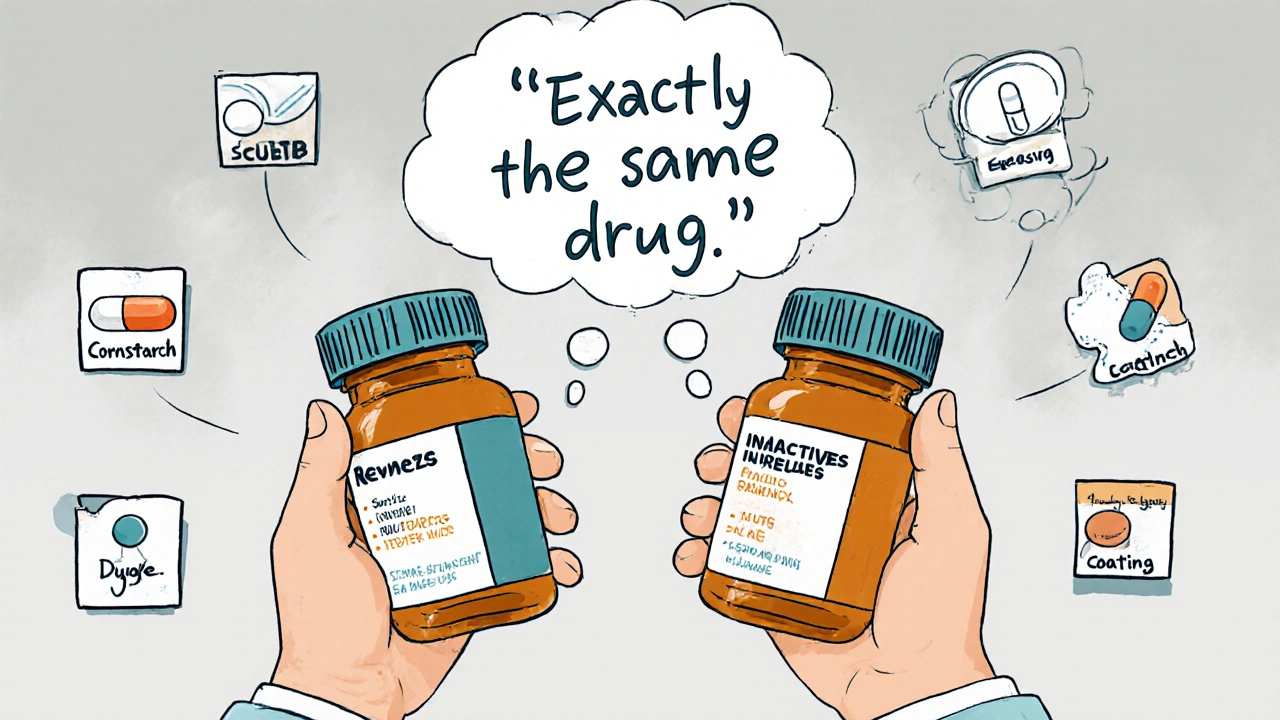
Why aren’t they always cheaper?
Here’s the catch. Authorized generics aren’t always the cheapest option.Traditional generics can cost 80-85% less than the brand name. Authorized generics? Often only 15-40% cheaper. Why? Because the brand company is still selling it. They’re not trying to compete on price-they’re trying to compete on market share.
Think of it this way: When a patent expires, the brand company loses control. But if they launch their own authorized generic, they can still capture a big slice of the market before other generic makers even get started. They keep the profits, and they block competitors from taking over.
That’s why you’ll sometimes see the authorized generic priced right above the traditional generic. It’s not a mistake. It’s a business strategy. Insurance companies know this. Some formularies put authorized generics in the same tier as traditional generics. Others put them higher-closer to the brand-because the price is closer to it.
GoodRx data from 2023 shows that for some popular drugs, the authorized generic costs $25, the traditional generic $12, and the brand $110. For others? The authorized generic is $45, the traditional is $15, and the brand is $120. It varies by drug, by region, and by who’s selling it.
How do you know if you’re getting an authorized generic?
You won’t always know. Pharmacists aren’t required to tell you unless you ask. The label won’t say “authorized generic.” It’ll just have the generic name and the manufacturer’s name.Here’s how to find out:
- Check the manufacturer name on the bottle. If it’s the same company that makes the brand drug (like Pfizer, AbbVie, or Johnson & Johnson), it’s likely an authorized generic.
- Ask your pharmacist: “Is this an authorized generic?” They can check the label code or contact the distributor.
- Look up the drug on the FDA’s website. They maintain a list of authorized generics, though it’s not always easy to navigate.
- Compare the pill imprint, color, and shape to your brand prescription. If it’s identical, it’s probably an authorized generic.
Pharmacists report that about 30% of patients question the switch to an authorized generic-even though it’s the exact same drug. That’s because they’re used to seeing the brand name. When they see a plain bottle, they assume it’s “lower quality.”
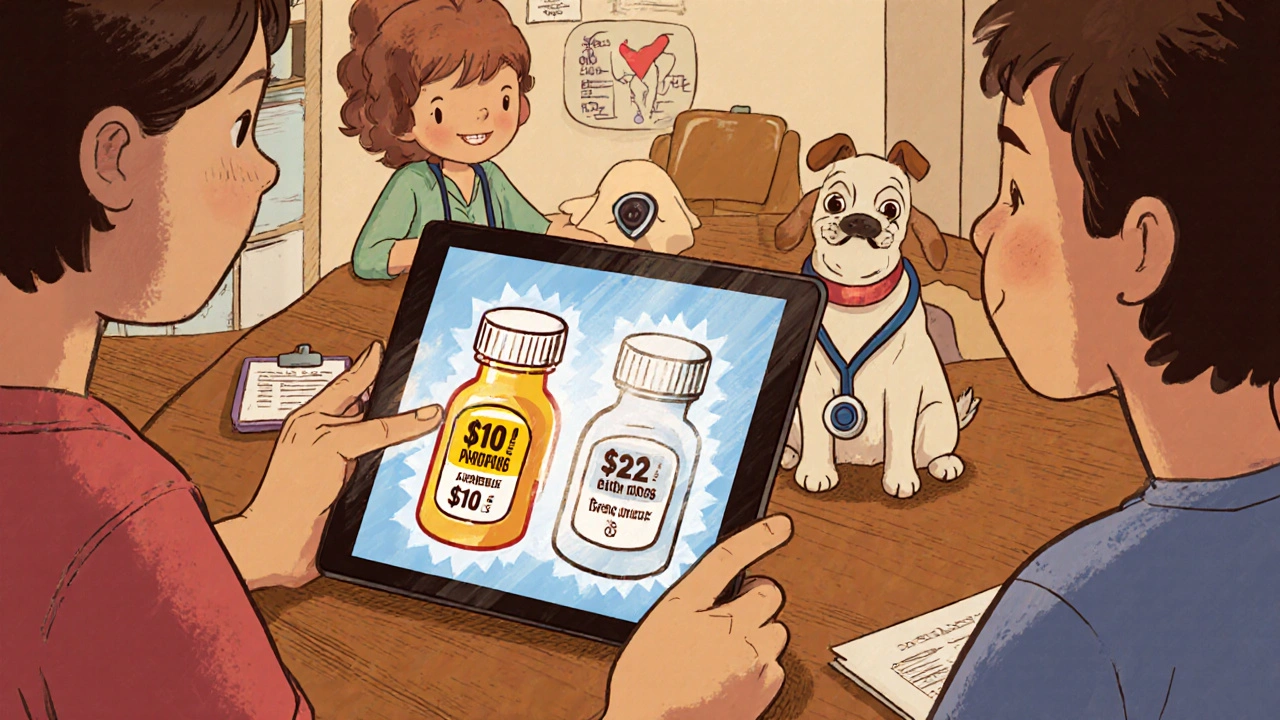
What should you do?
If you’re on a brand-name drug and you’re paying a lot:- Ask your doctor if an authorized generic is available.
- Ask your pharmacist to check if your prescription was filled with an authorized generic.
- If you’ve had issues with traditional generics-rashes, stomach upset, weird side effects-ask specifically for the authorized version.
- Check your insurance formulary. Some plans cover authorized generics at the same cost as traditional generics.
Don’t assume cheaper means worse. And don’t assume brand name means better. The FDA, doctors, and real-world patient data all agree: authorized generics are not a compromise. They’re the real thing.
Why does this matter?
Because medication costs are eating into household budgets. One in four Americans skip doses because they can’t afford their prescriptions. Authorized generics offer a real solution-without risking your health.They’re especially important for people with chronic conditions: diabetes, high blood pressure, asthma, epilepsy. Taking the wrong version-even one that’s “close enough”-can lead to bad outcomes. With authorized generics, you get the same reliability as the brand, at a lower price.
And if you’re someone who’s sensitive to dyes, gluten, lactose, or other fillers? Authorized generics could be the only safe generic option available.
What’s changing?
The FDA is starting to look harder at how authorized generics are priced. In 2022, they held stakeholder meetings about whether to require these drugs to be listed in the Orange Book-the official directory of approved drugs-with their prices. That could help patients compare options more easily.Some lawmakers are also pushing to limit brand companies from using authorized generics to delay competition. The Affordable Prescriptions for Patients Act of 2023 includes provisions to stop this practice. But for now, authorized generics are legal, available, and safe.
Industry analysts predict authorized generics will keep about 5-7% of the U.S. generic market through 2028. That’s not huge-but for the people who need them, it’s everything.
Bottom line: If your doctor prescribes a brand-name drug, don’t just accept the first generic you’re given. Ask about the authorized version. It’s not a substitute. It’s the original-just without the fancy label.
Are authorized generics as safe as brand-name drugs?
Yes. Authorized generics are made by the same company, in the same facility, with the exact same ingredients as the brand-name drug. The FDA considers them therapeutically equivalent because they are physically identical. There is no difference in safety, effectiveness, or how your body processes them.
Why is my authorized generic more expensive than a regular generic?
Because the brand-name manufacturer is selling it. They don’t need to cut prices deeply to compete-they’re just trying to keep market share. Traditional generics come from companies that have no brand investment, so they can price much lower. Authorized generics often cost only 15-40% less than the brand, while traditional generics can be 80-85% cheaper.
Can I ask my pharmacist for an authorized generic specifically?
Yes. You can ask your pharmacist to check if an authorized generic is available for your prescription. Some states allow pharmacists to substitute generics automatically, but you can request the authorized version by name. If your doctor wrote "DAW" (dispense as written) on the prescription, you’ll need to ask them to change it to allow substitution.
Do authorized generics have the same inactive ingredients as the brand?
Yes. Unlike traditional generics, which can use different fillers, dyes, or coatings, authorized generics must match the brand drug’s full formulation-including all inactive ingredients. This makes them the best choice for people with allergies or sensitivities to certain additives.
How do I know if my prescription was filled with an authorized generic?
Check the manufacturer name on the bottle. If it’s the same company that makes the brand-name drug (like Pfizer or Merck), it’s likely an authorized generic. You can also ask your pharmacist directly. The FDA maintains a list of authorized generics, though it’s not always easy to find. If the pill looks identical to your brand prescription, that’s another clue.

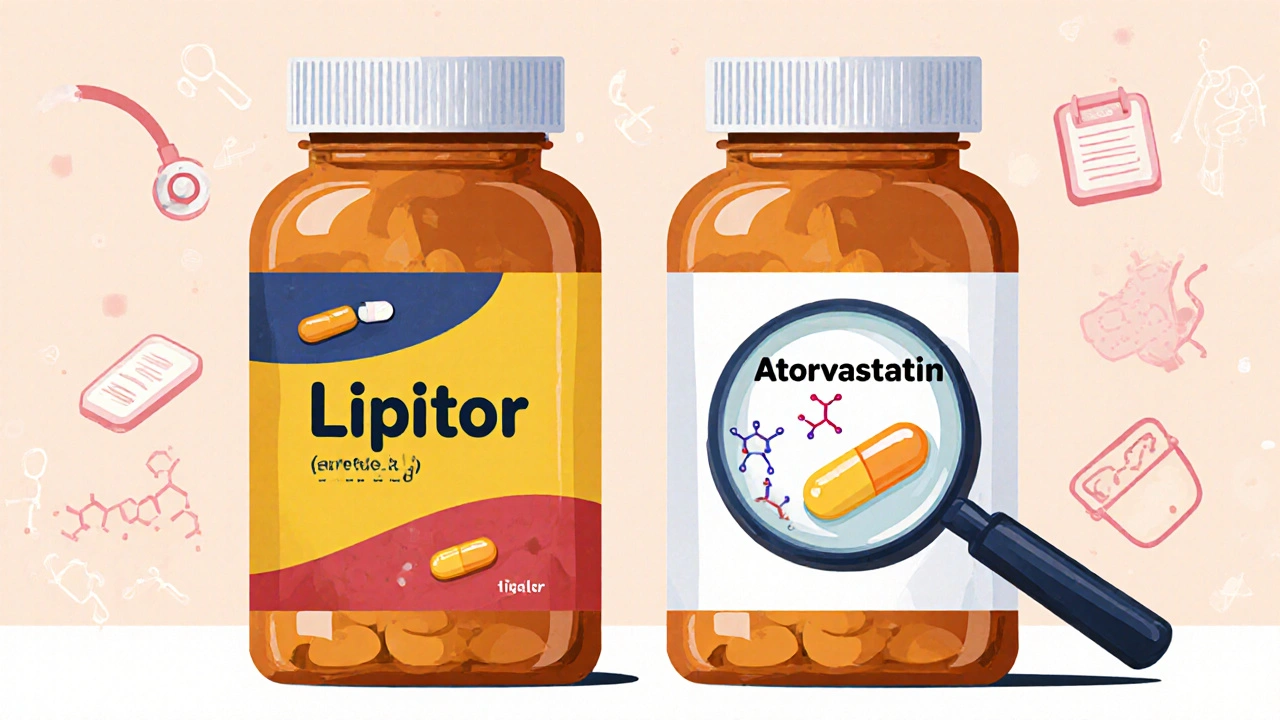
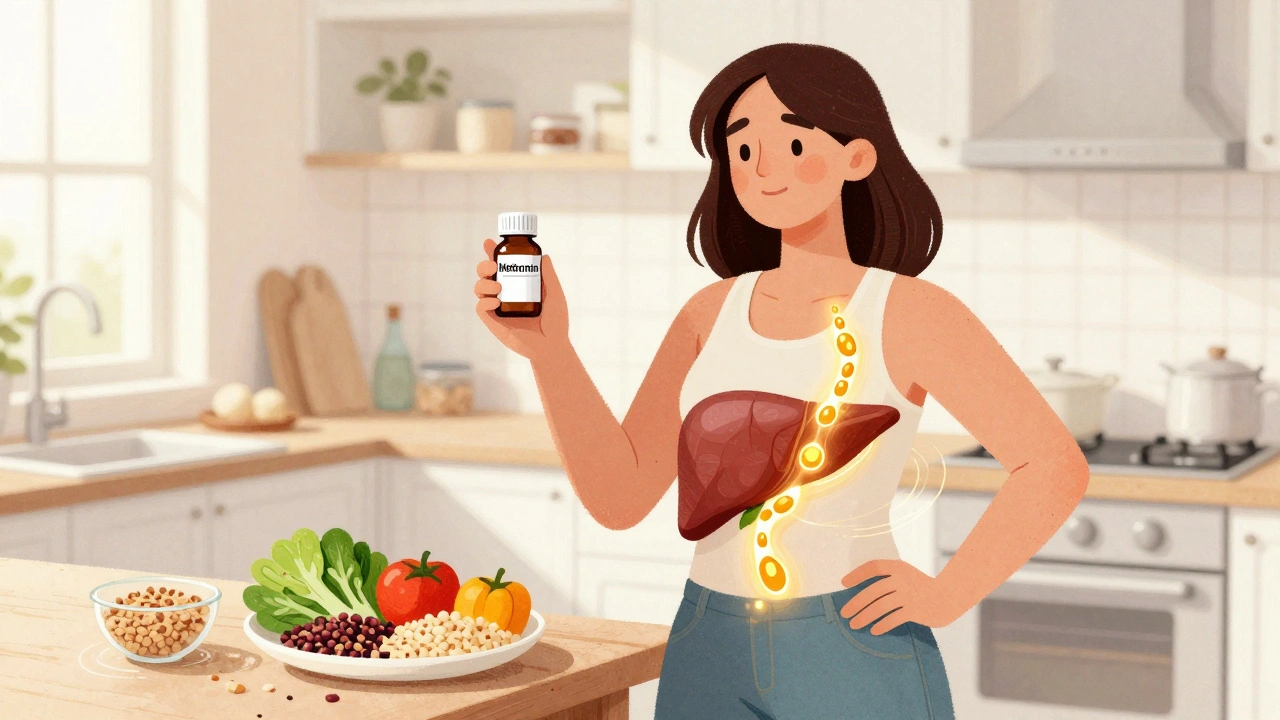

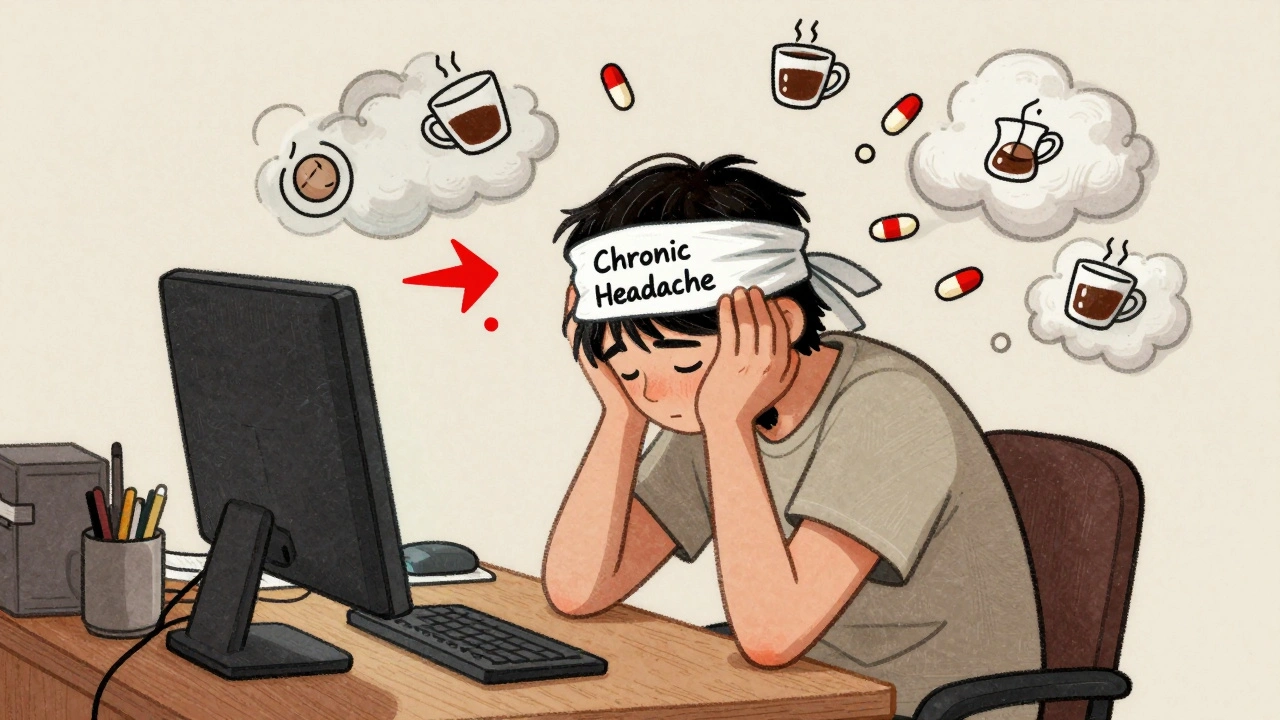
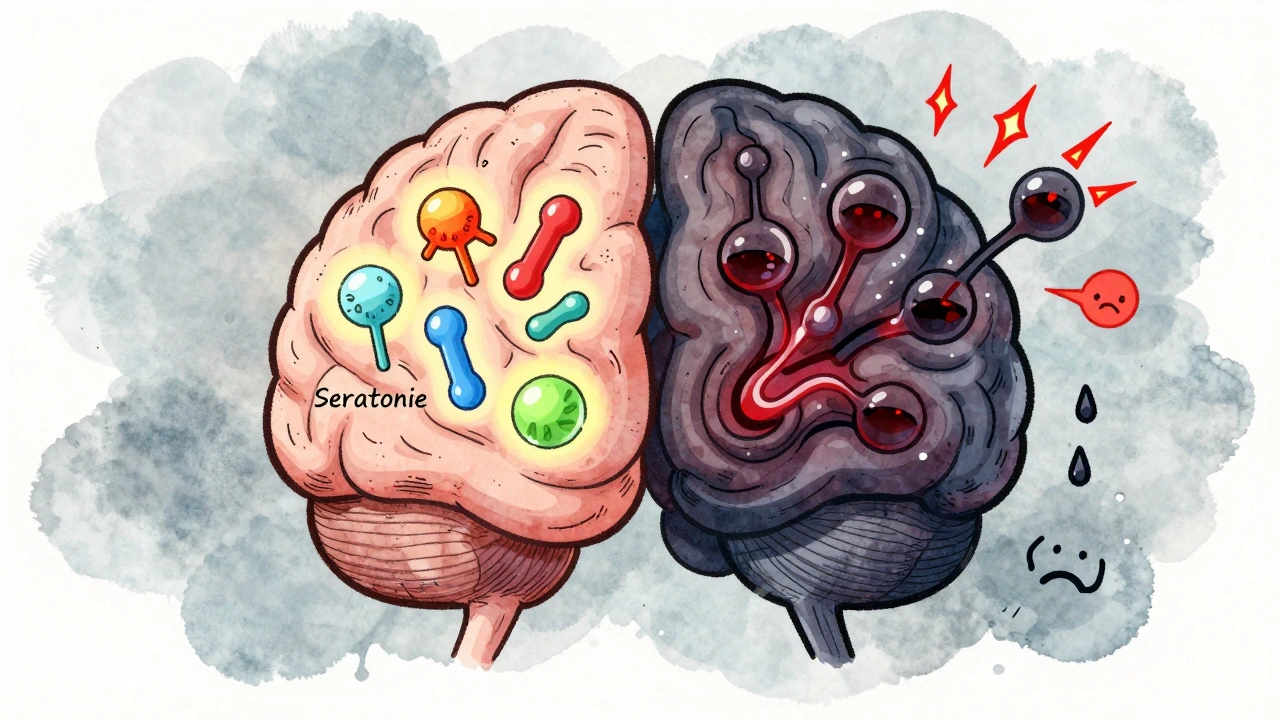
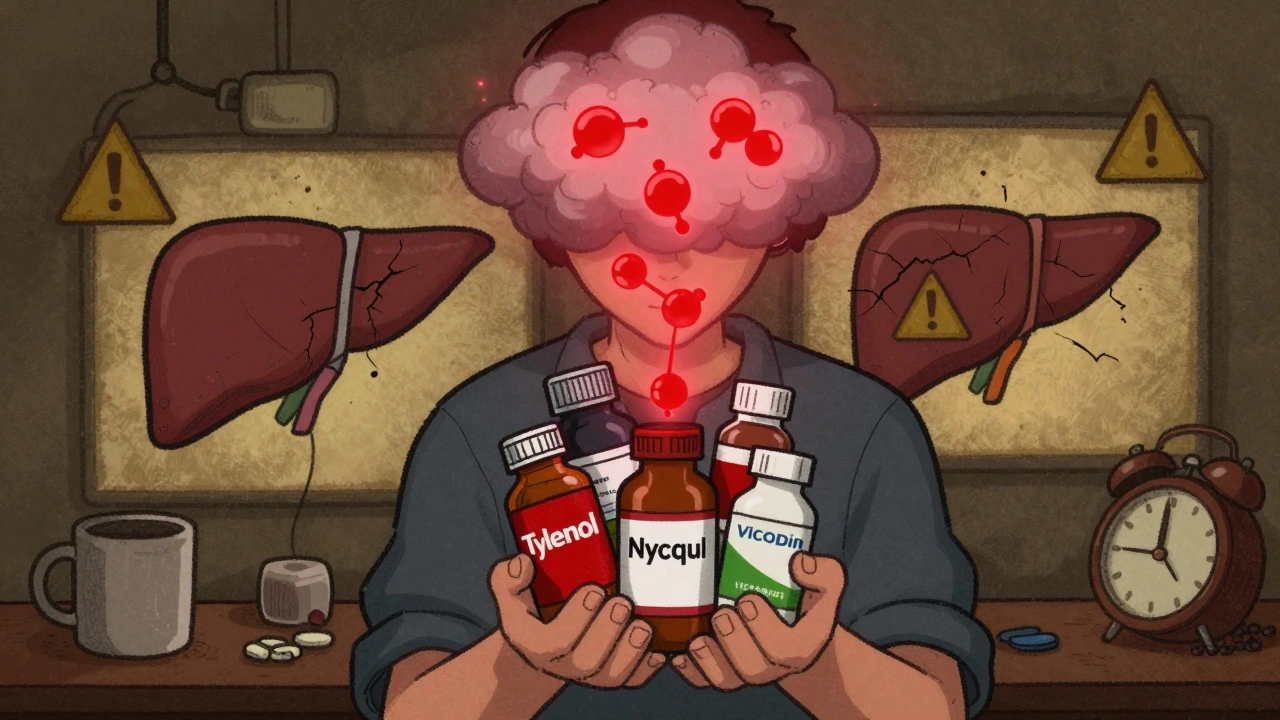
jalyssa chea
November 17, 2025 AT 08:36So u mean if i get the generic for my anxiety med its literally the same pill just no logo on it?? like why dont they just tell us that?? i thought generic meant cheaper crap
Gary Lam
November 19, 2025 AT 08:05Brand name drugs are basically luxury packaging for identical pills. I mean, if you bought the same coffee beans but put them in a fancy tin vs a plain bag, would you expect the espresso to taste different? Nope. Same thing here. The brand just charges you for the logo.
Peter Stephen .O
November 19, 2025 AT 16:17OMG this is a game changer. I’ve been avoiding generics for years because my skin breaks out with the cheap ones-turns out it’s the dyes and fillers, not the medicine. Switched to the authorized generic for my blood pressure med last month and no more itching, no more headaches, same results as the brand. Why isn’t this common knowledge??
Pharmacists should be trained to yell this from the rooftops. This isn’t some shady loophole-it’s the exact same drug. Same factory. Same chemists. Same everything. The only difference? No marketing budget.
I’m telling my whole family. My mom’s on 5 meds. She’s been getting ripped off for years. We’re switching everything to authorized generics. If you’ve got allergies, autoimmune stuff, or just hate being scammed-ask for this version. It’s not a compromise. It’s the real deal.
And hey-if your insurance says no, push back. They’re putting you in the cheaper tier because they don’t understand the difference. Tell them to read the FDA page. Seriously. It’s right there.
This is the kind of info that saves people money and lives. Why do we let corporations hide this? We’re not dumb. We just need someone to say it plainly.
Andrew Cairney
November 20, 2025 AT 18:10Wait… so the pharma companies are making their OWN generics to block other generics?? That’s not just clever-that’s a monopoly trap. They’re using the FDA like a shield to keep competition out while still charging 40% more than real generics. This is how they control the market. This isn’t about patient care. This is about profit. They want you to think the authorized one is ‘better’ so you don’t go for the cheaper ones. It’s psychological manipulation. I’m not falling for it. Stick with the real generics unless you’re allergic.
Also-why does the FDA even allow this? They’re letting the same company that made the brand control the generic market. That’s like letting Apple make iPhone clones and then telling you they’re ‘authorized.’ What’s next? Tesla making their own ‘authorized’ Kia?
They’re playing us. And we’re letting them.
Rob Goldstein
November 22, 2025 AT 02:39Authorized generics are the unsung heroes of affordable medicine. The key distinction here is bioequivalence vs. pharmaceutical equivalence. Traditional generics meet bioequivalence standards (same active ingredient, absorption profile), but authorized generics meet pharmaceutical equivalence-same active, same inactive, same manufacturing process. For patients with sensitivities to cornstarch, lactose, or FD&C dyes, this isn’t a preference-it’s a medical necessity.
Also, don’t be fooled by price. The authorized generic isn’t cheaper because the manufacturer doesn’t need to invest in formulation development or FDA ANDA submissions. They already paid those costs for the brand. So they’re passing on savings from reduced marketing, not reduced R&D.
If you’re on a chronic med and have had unexplained side effects with generics, ask for the authorized version. It’s not a gamble. It’s the original formulation.
vinod mali
November 22, 2025 AT 03:38Interesting. In India we don’t have this system much. Most generics are from different makers. But I see now why in US it matters more-people are sensitive to fillers. I’ll tell my cousin who has eczema and takes pills daily-he needs to ask for this.
Jennie Zhu
November 22, 2025 AT 19:01It is imperative to underscore that the therapeutic equivalence of authorized generics, as delineated by the Food and Drug Administration, is grounded in rigorous pharmaceutical standards. The absence of brand nomenclature does not imply a reduction in quality, safety, or efficacy. To conflate lower cost with inferiority is a fallacy that undermines evidence-based pharmacotherapy.
Furthermore, the regulatory framework governing authorized generics precludes any deviation in excipient composition, thereby ensuring identical pharmacokinetic profiles. This is not a marketing strategy-it is a pharmacological fidelity.
Kathy Grant
November 24, 2025 AT 03:40I used to think generics were just… cheaper versions. Like buying a knockoff sneaker. But then I got sick from the fillers in my generic thyroid med. I was dizzy, my heart raced, I thought it was my condition getting worse. Turns out? It was the dye. The brand had a different coating. The generic? Cornstarch and red #40. I switched to the authorized version and felt like I’d been asleep for years. It’s not just the same drug-it’s the same *experience*. The same peace of mind. I wish I’d known this five years ago.
Why do we let corporations make us feel guilty for wanting the real thing? It’s not about loyalty. It’s about safety. And sometimes, the real thing is the one with no name on the bottle.
Robert Merril
November 24, 2025 AT 21:44So if the brand makes the generic why dont they just sell it as the brand? Oh wait they cant because patent expired so they made a fake version to trick people into paying more than the real generic. Genius. I fell for it once. Never again. Just get the 12 buck one. Same pill different label. Stop paying for marketing.
Noel Molina Mattinez
November 26, 2025 AT 04:33Why dont pharmacies just tell you what you get? I asked for generic and got the authorized one and paid more. No one told me. They just handed me the bottle. I thought i got ripped off. Now i know its the same but still. Communication is key. People need to know what theyre getting
Roberta Colombin
November 26, 2025 AT 16:36This is such an important topic. Many people don’t realize that the pill in the plain bottle might be exactly what their doctor prescribed. We need to normalize asking for authorized generics-especially for those with allergies or chronic conditions. It’s not about being picky. It’s about being informed. And pharmacists, if you’re reading this-please offer this information proactively. A simple ‘Would you like to know if an authorized generic is available?’ could change someone’s health.
Dave Feland
November 27, 2025 AT 23:58Let’s be honest: this is a sophisticated legal loophole. The FDA allows brand manufacturers to produce authorized generics because they’re technically the same product. But this isn’t consumer protection-it’s corporate preservation. These companies are using regulatory frameworks to delay true generic competition. The moment a brand company launches an authorized generic, independent manufacturers are pushed to the back of the line. This isn’t about patient choice. It’s about market control disguised as innovation. The FDA should be cracking down on this, not endorsing it.
Ashley Unknown
November 28, 2025 AT 22:56Okay so I just found out my entire life I’ve been getting scammed. I’ve been paying $150 a month for my asthma inhaler because I thought the brand was ‘better.’ Turns out the authorized generic is the same exact thing and costs $30. I’ve been wasting $14,400 a year. I cried. I screamed. I called my doctor. I called my insurance. I called the FDA. I called my senator. I called my mom. I called my cat. I called my ex. I called the pharmacy again just to make sure I wasn’t hallucinating. I thought I was being responsible by sticking with the brand. Turns out I was just being exploited. This isn’t just about money. It’s about trust. And the system broke it. I’m never trusting a label again. I’m going to start reading every single ingredient. And I’m telling everyone I know. This is a conspiracy. And I’m done being quiet.
Georgia Green
November 29, 2025 AT 19:40I switched to the authorized generic for my antidepressant last year. No side effects. Same mood. Same sleep. My pharmacist said it was the same as the brand. I didn’t believe her until I checked the manufacturer-same as the box I used to get. Now I always ask. It’s saved me $400 a year. Small change for some, huge for me.
Christina Abellar
November 30, 2025 AT 06:42Ask for it. It’s that simple.